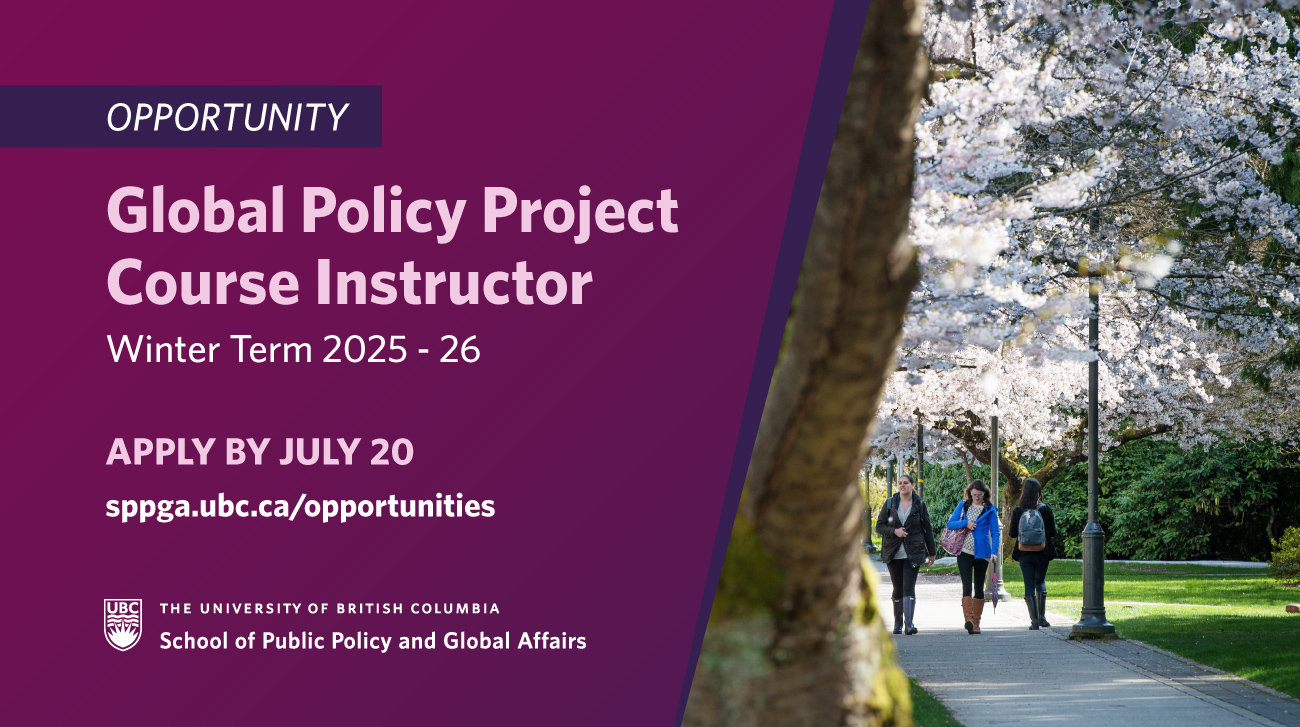Sharing the burden of the past: Peer support and self help amongst former Lord’s Resistance Army youth
Erin Baines, Liu Faculty, UBC
May 10, 2008
Source: Justice and Reconciliation Project and Quaker Peace and Social Witness – May 2008
In this new report, JRP and QPSW study the role of self-formed groups of formerly abducted persons (FAPs) / former-LRA in the process of grassroots level reintegration and reconciliation. We identified 21 such groups spread across IDP camps in the four Acholi districts of Gulu, Amuru, Kitgum and Pader ranging in size from 8 members to 232. Some were exclusively former-LRA; others had opted to admit other war-affected youth.
Groups vary greatly in terms of activities; however they all attempt to engage principal problems facing FAPs including: poverty, community exclusion and stigmatisation, isolation, and spiritual and psychological distress. Our findings suggest that former LRA peer support groups are an important and effective vehicle for reintegration and reconciliation, all the more so given the paucity of alternative long-term reintegration provision. Former LRA peer groups positively affect:
- economic reintegration including provision of livelihoods and microfinance
- social inclusion and reintegration
- community reconciliation
- psychosocial development
- cultural education and reconnection
We found that groups were interested in extending their activities to include:
- trauma healing
- advocacy and referral
- supporting disarmament and reintegration of remaining LRA forces
The informal self-help groups we investigated are accomplishing successes with almost no resources. It would be wrong to suggest that all is well, however. Many groups are confronting enormous challenges not least of which is access to material support and connection to wider social organisations and assistance. Support to this nascent group of civil society could be delivered to build confidence in the self-help models developed and in the leadership they demonstrate. Networking, certain types of training and small material inputs in kind would help maximise their effectiveness.
Please click here to download the full PDF and continue reading.


